Evaluating Augmented and Virtual Reality in Education: A Report
VerifiedAdded on 2022/10/31
|12
|277
|47
Report
AI Summary
This report provides an overview of Augmented Reality (AR) and Virtual Reality (VR) and their applications within the education sector. It analyzes the benefits of AR and VR, such as improved information access, enhanced visualization, and unique user experiences, leading to faster learning and increased self-confidence among learners. The report also explores methodologies, including the use of peer-reviewed sources and 3D replicas to enhance the teaching process. Ethical issues like data breaching, lack of carefulness, and integrity are also discussed. The conclusion emphasizes the growing acceptance of AR and VR technologies in education and their positive impact on modern society. The report also references the assignment brief and related materials for context and further analysis.
1 out of 12
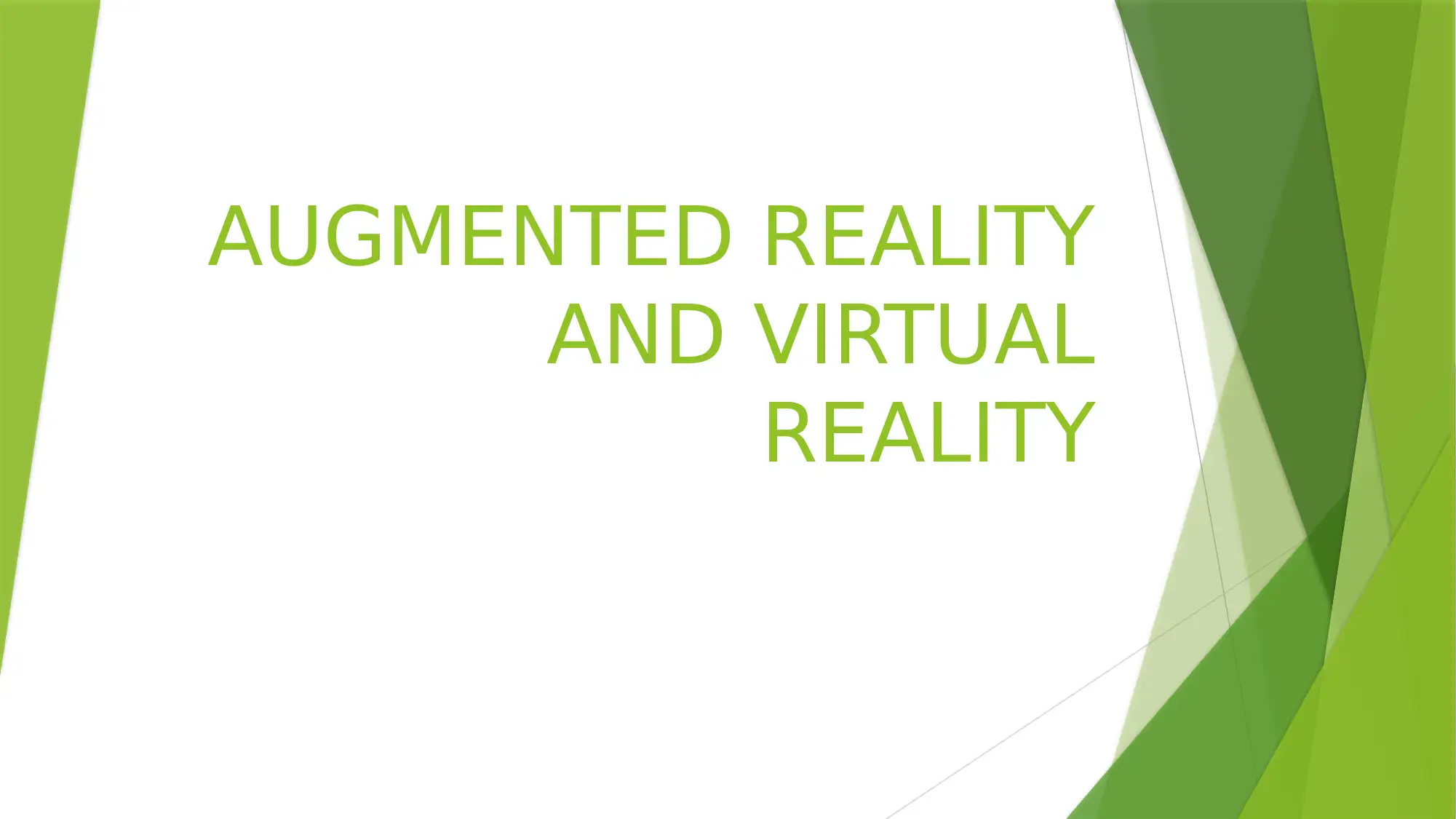
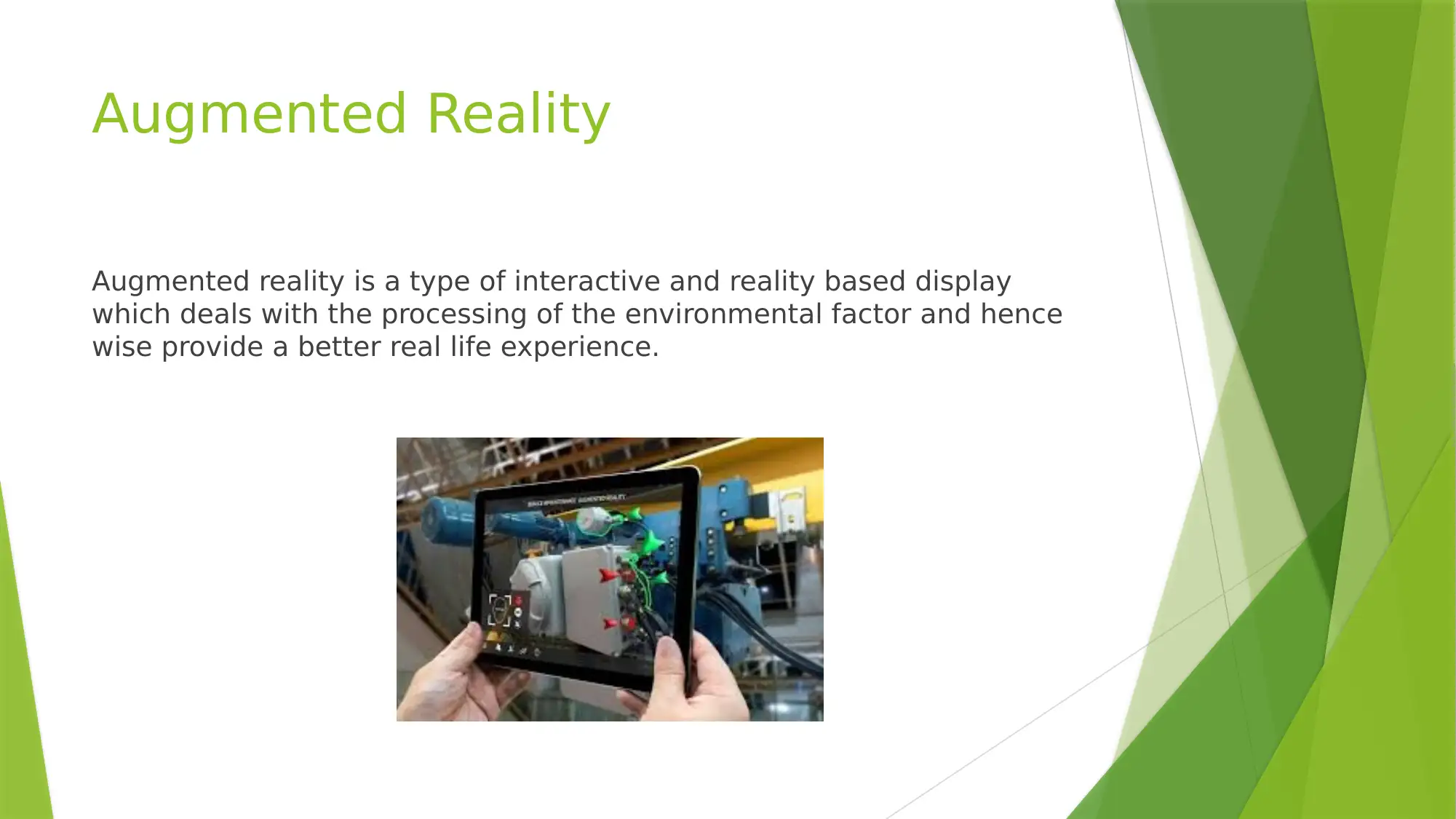
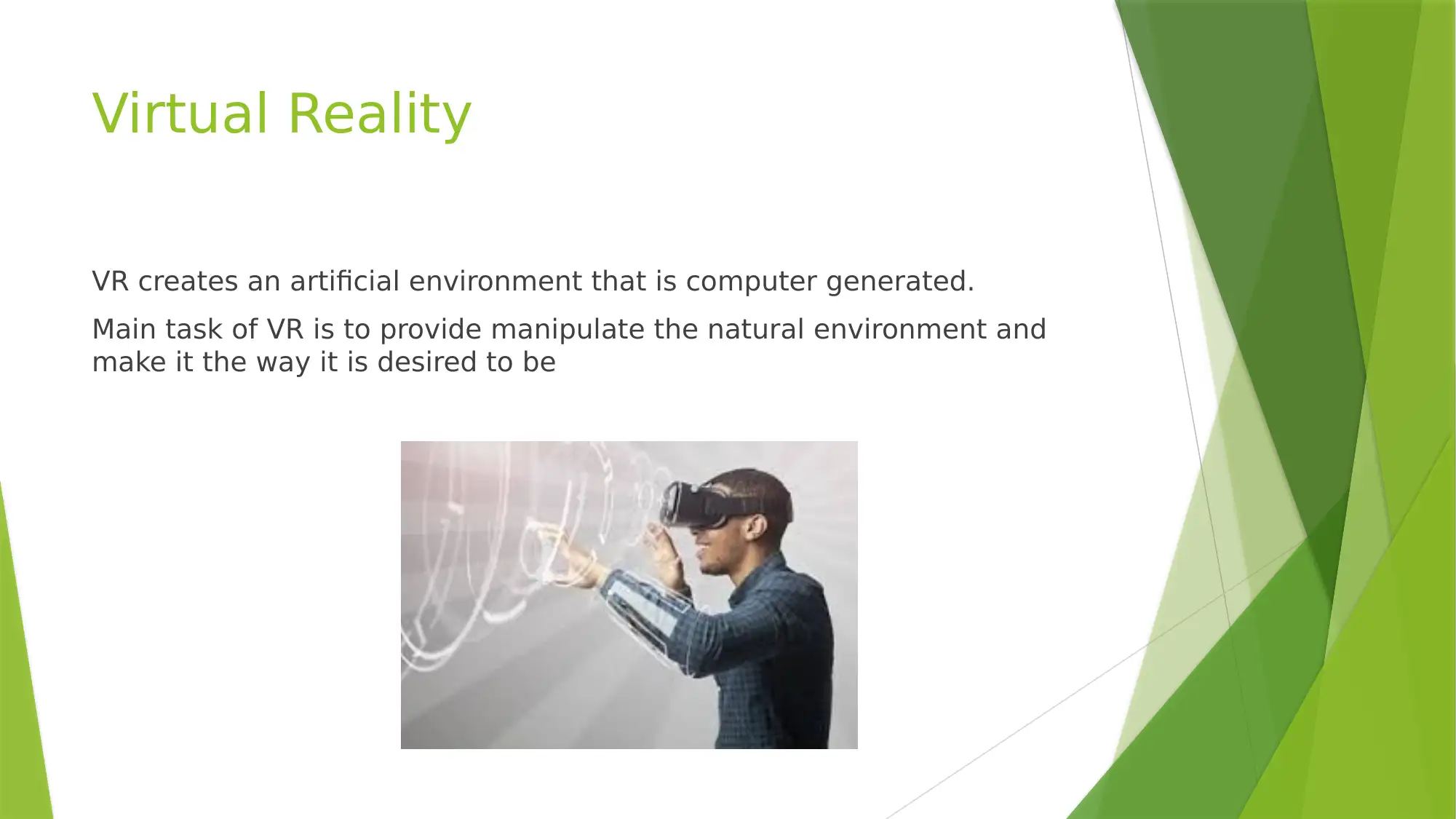

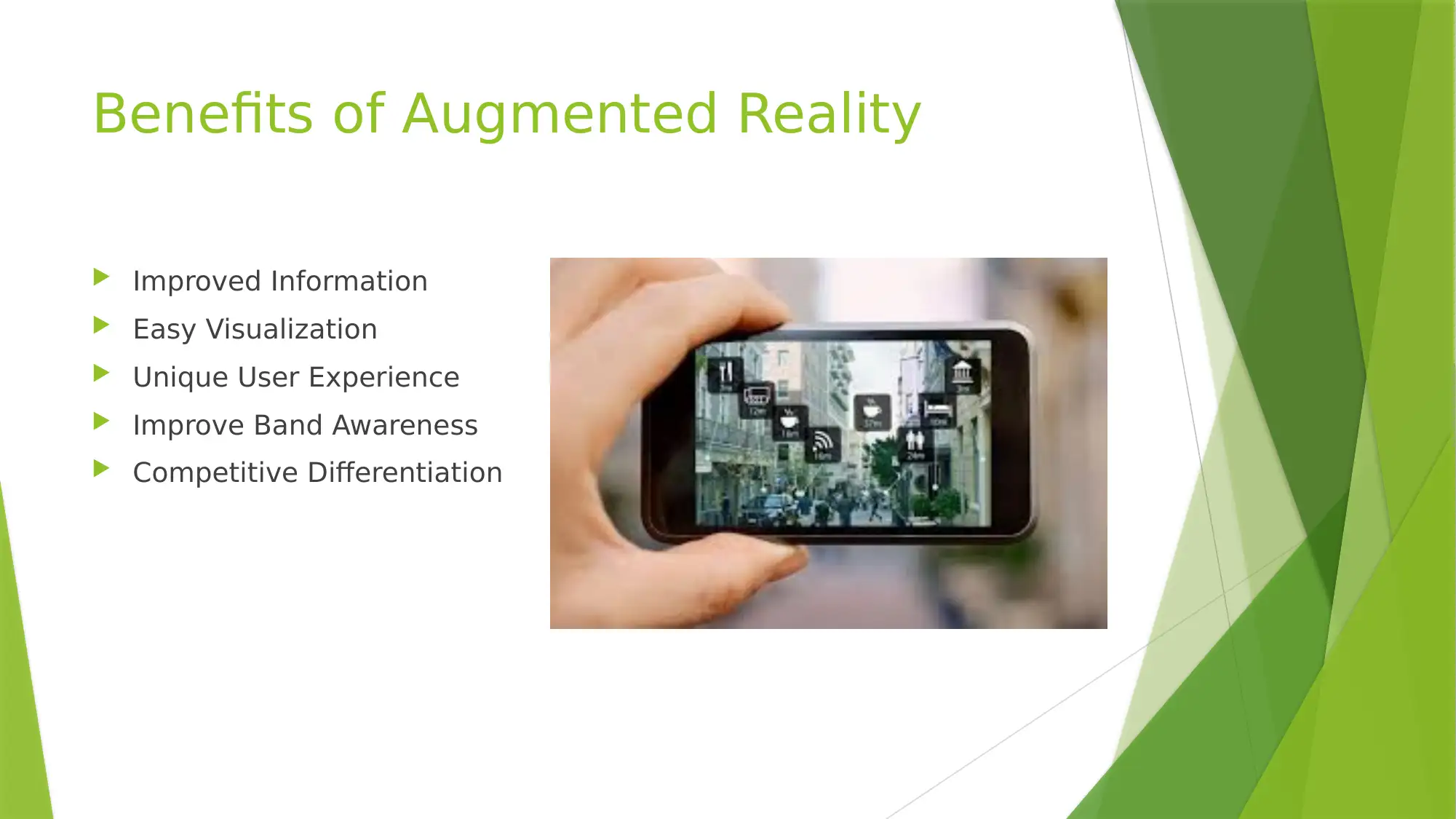
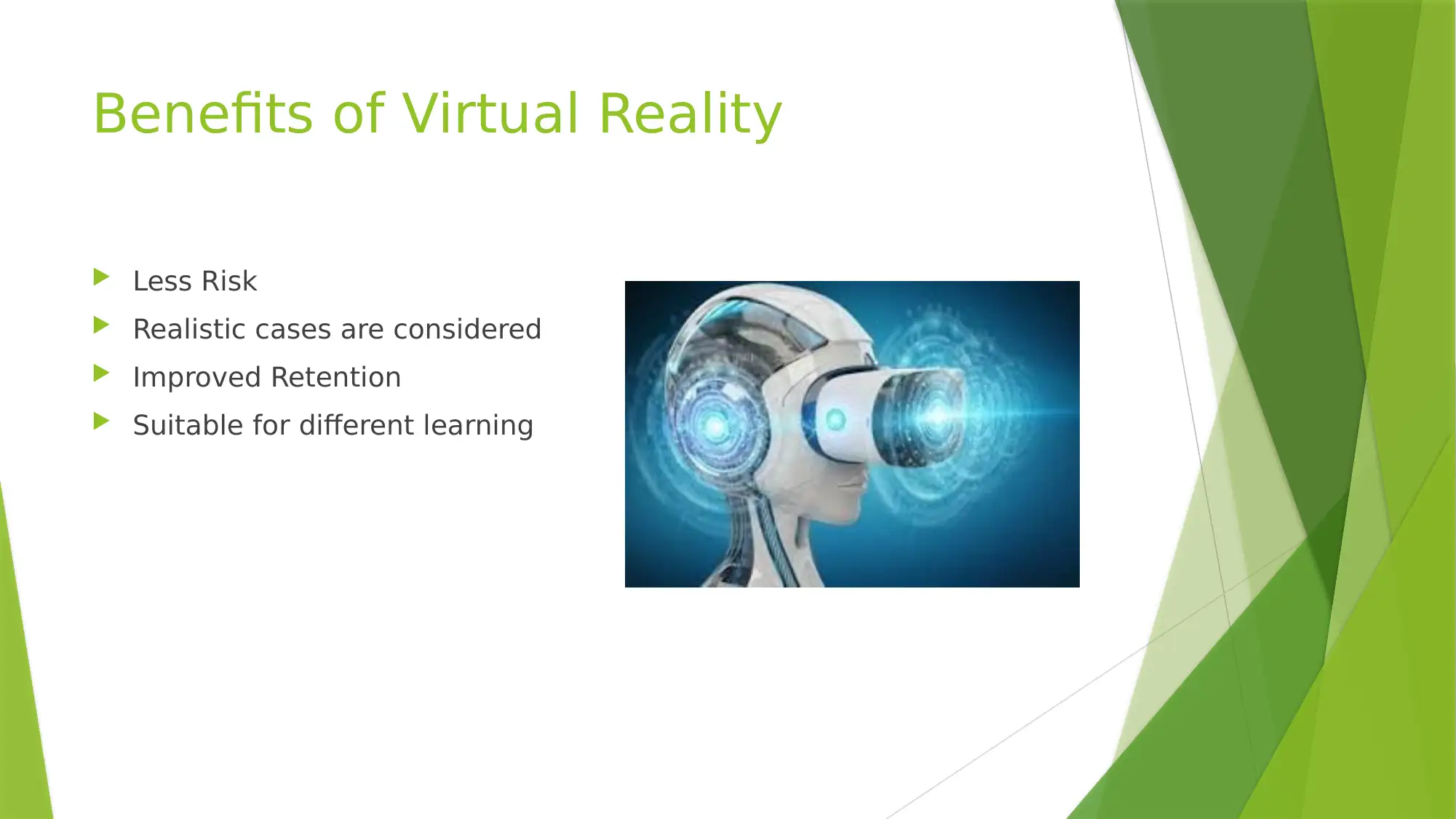
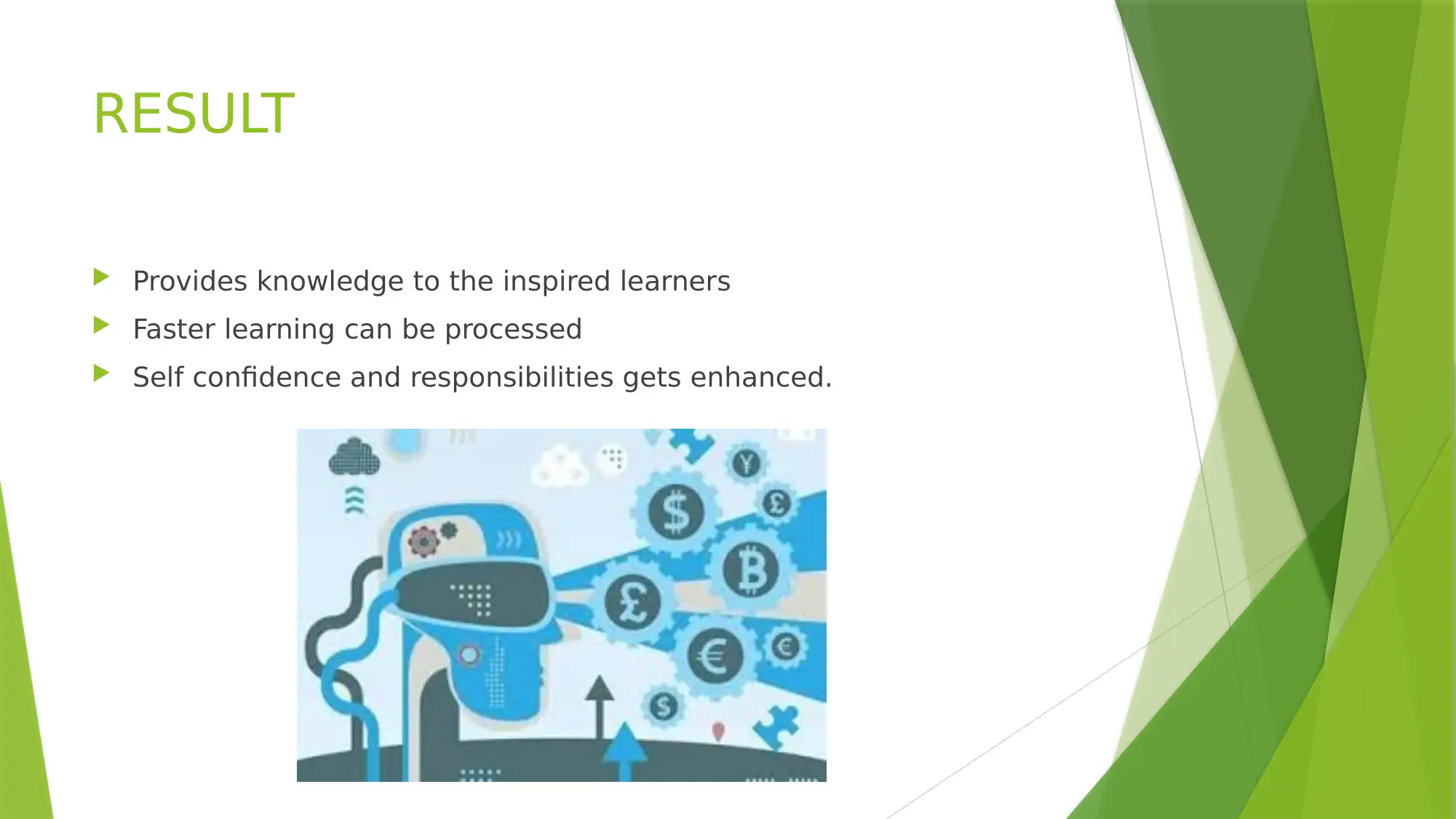
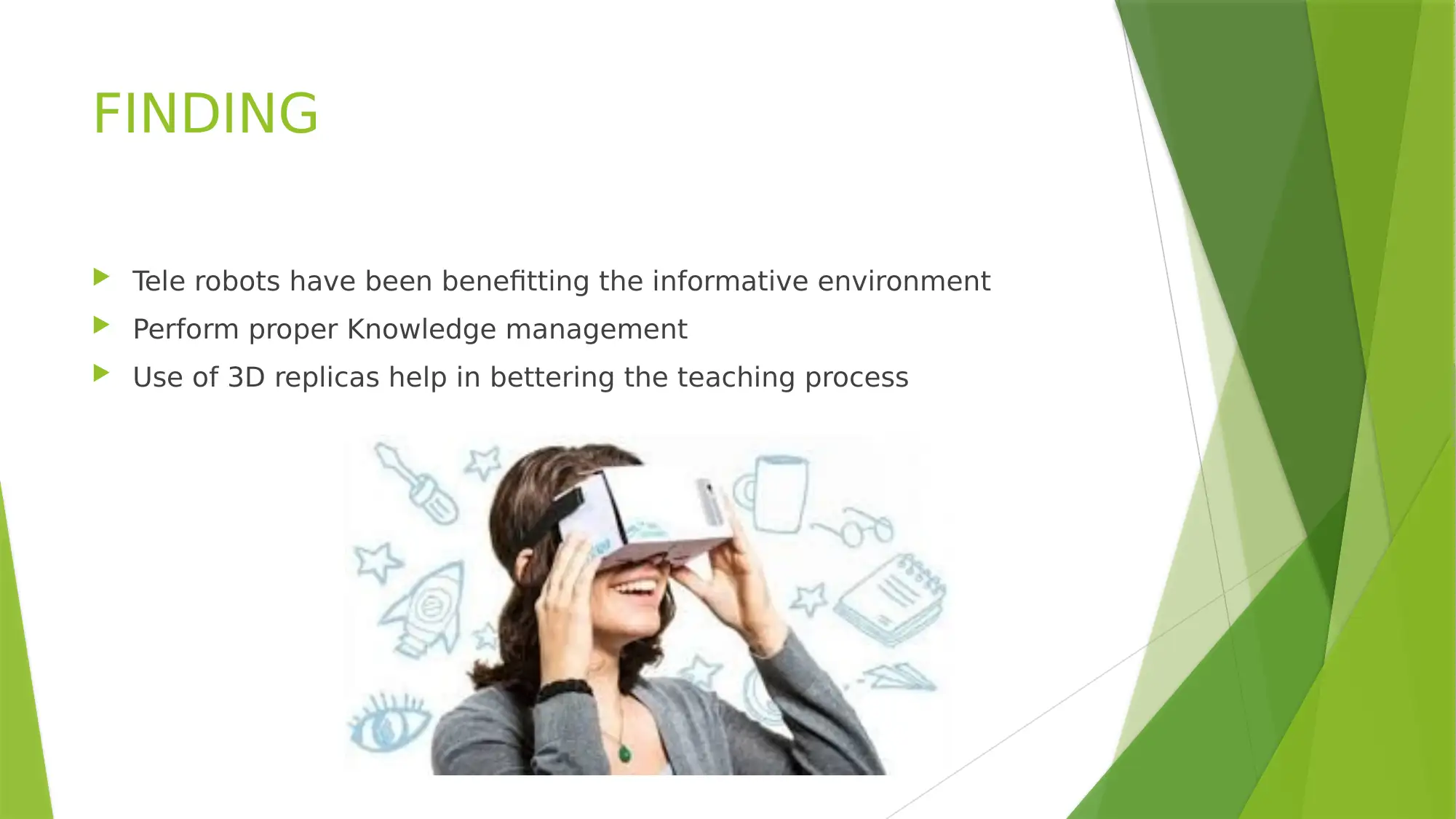
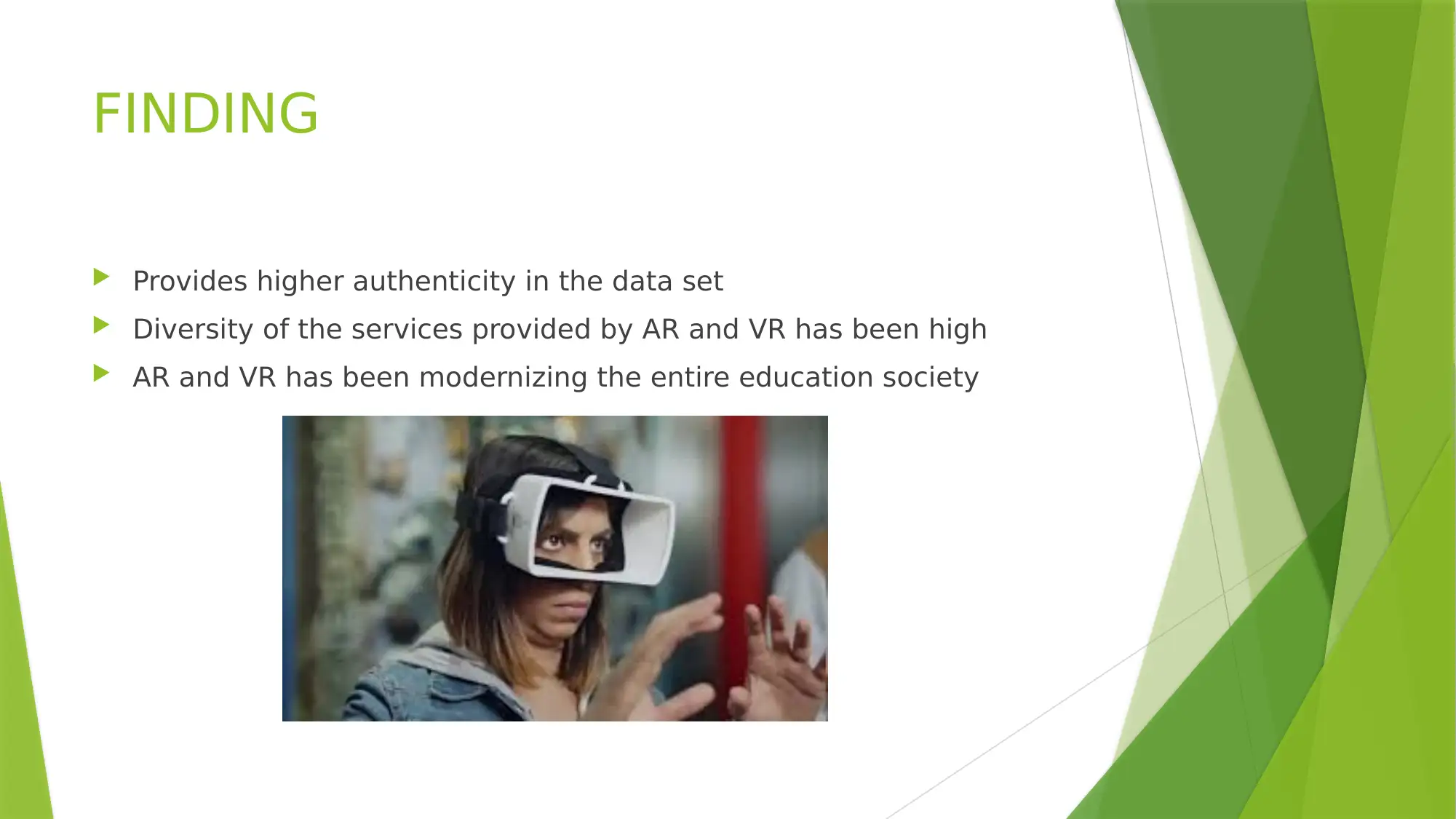
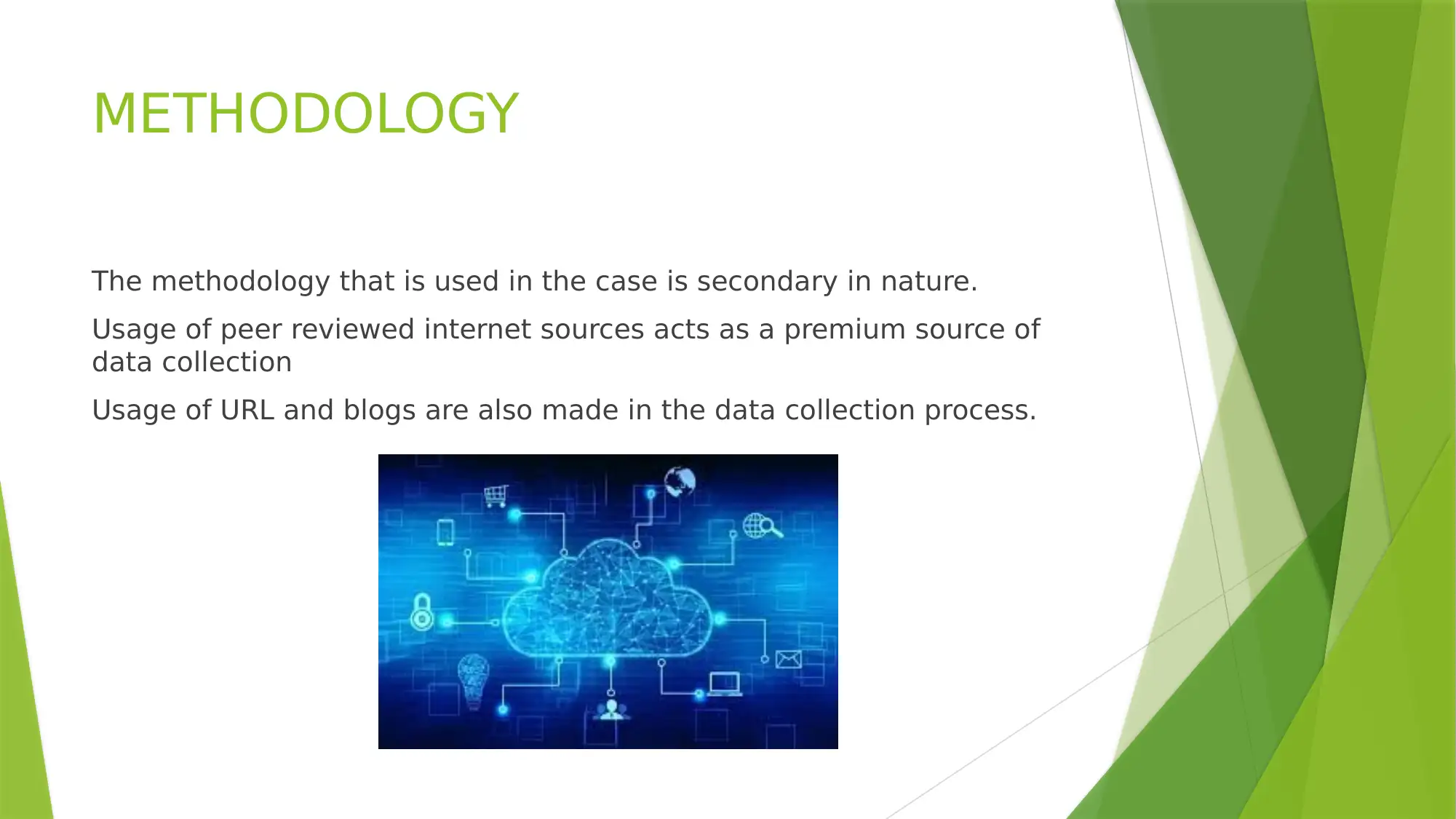
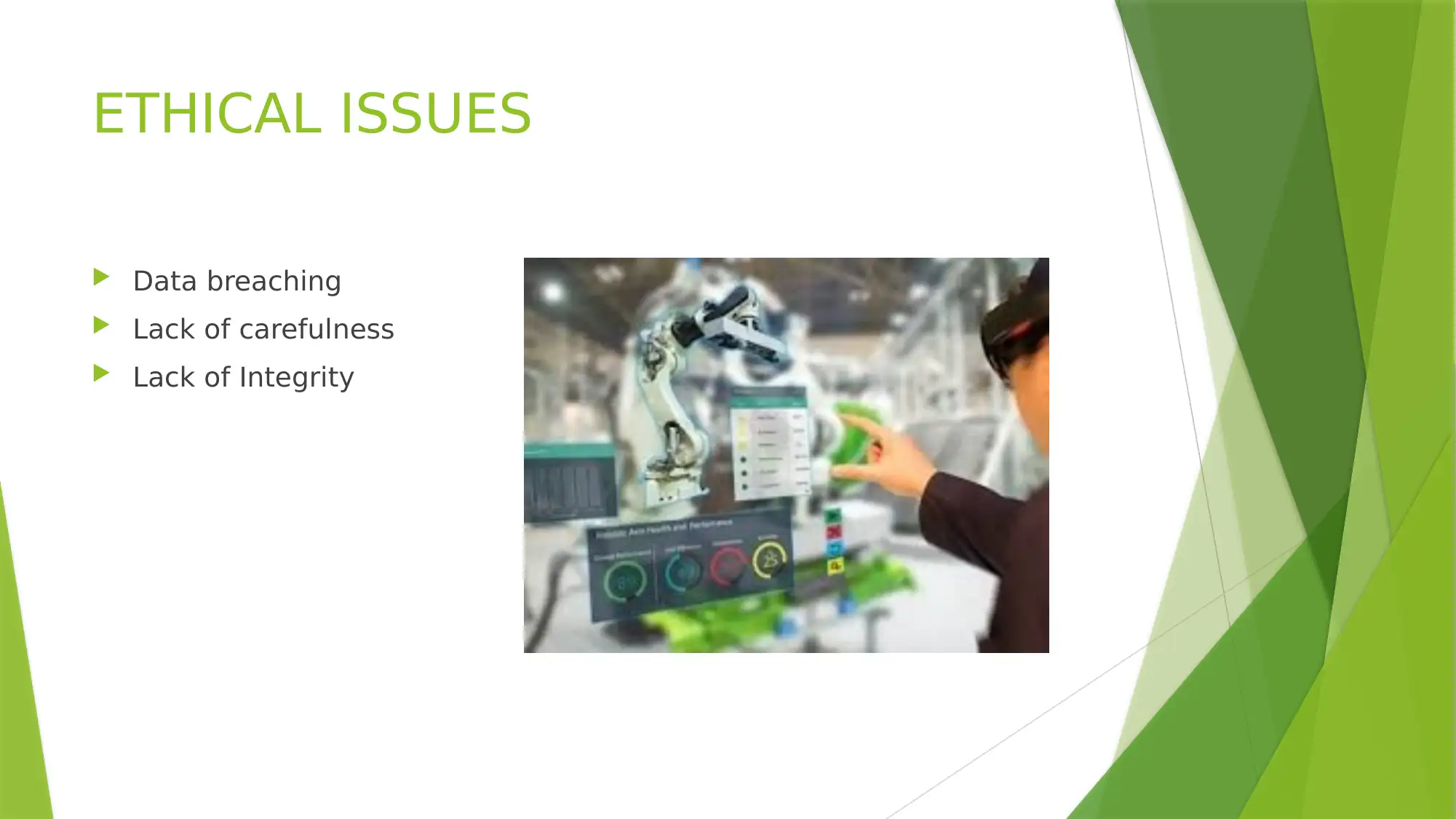
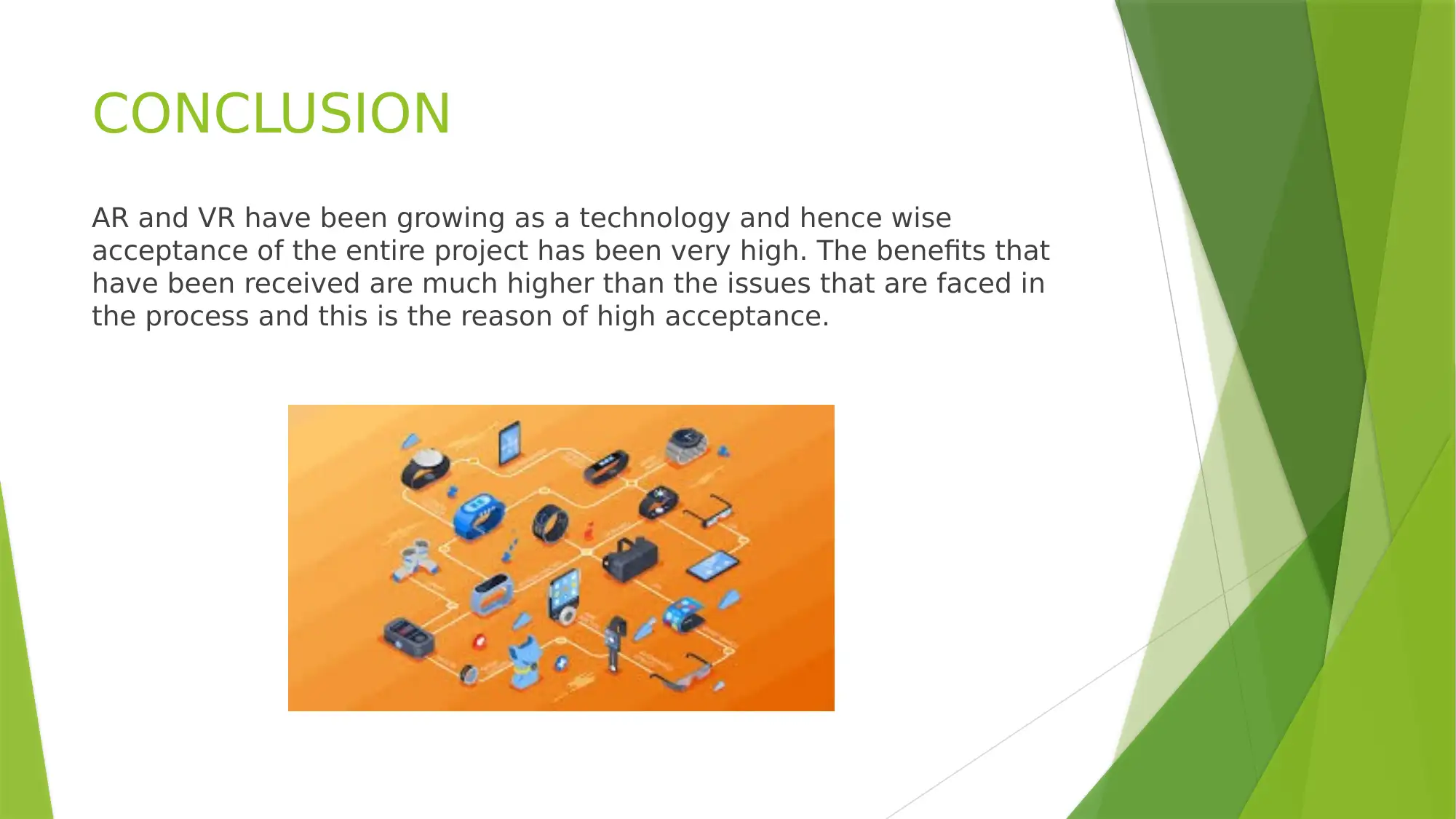
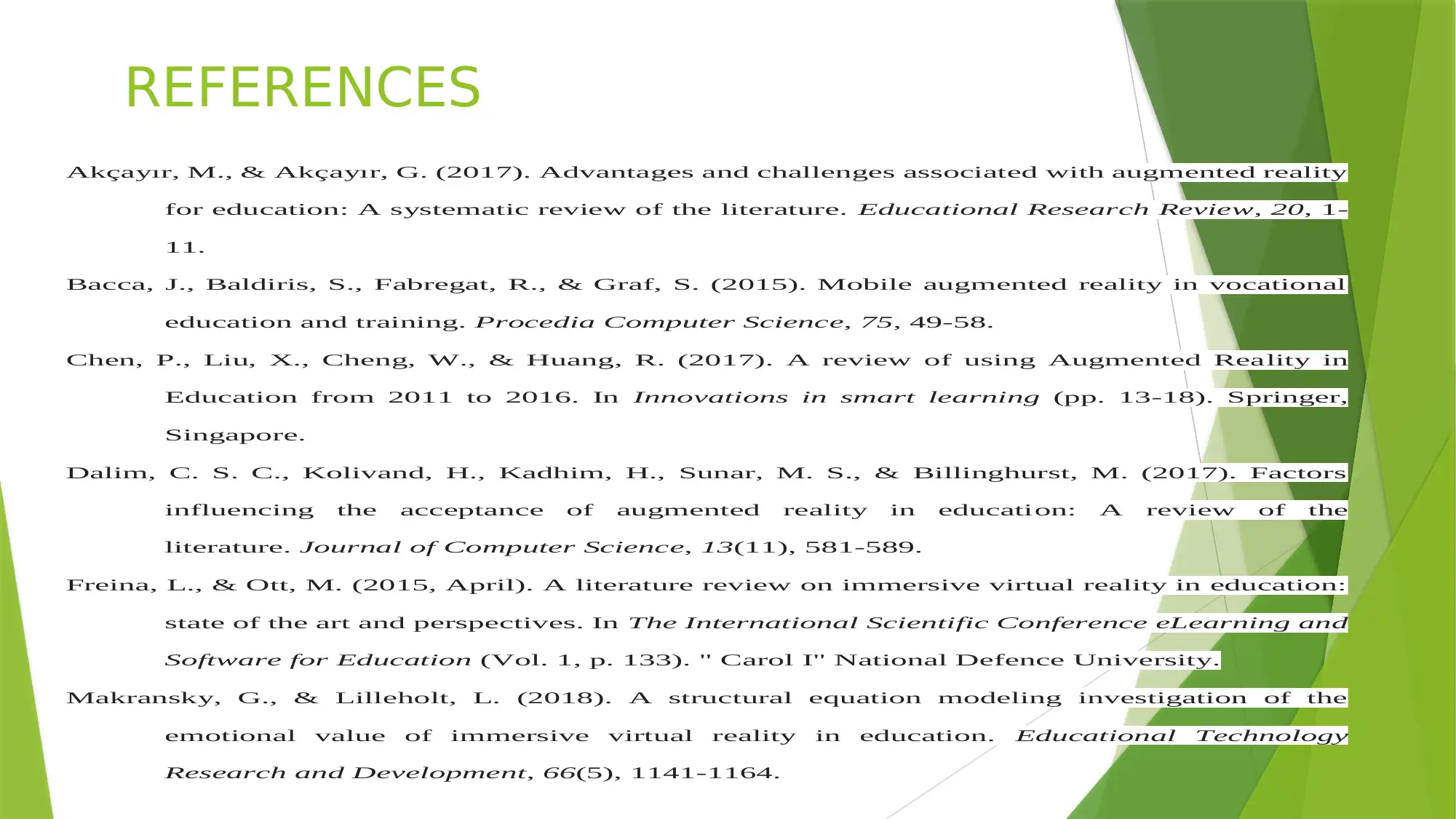






![[object Object]](/_next/static/media/star-bottom.7253800d.svg)